University - 2025 
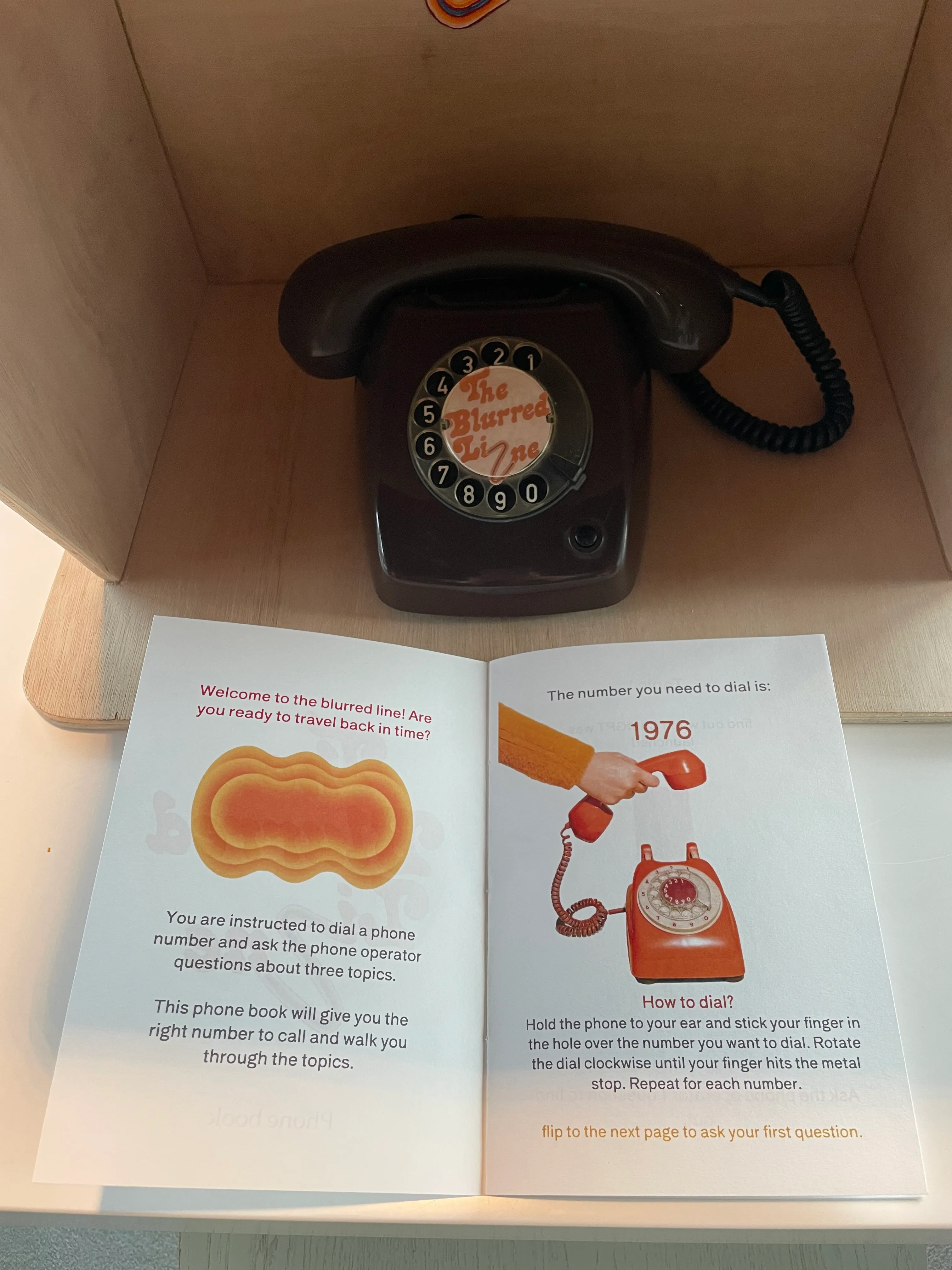
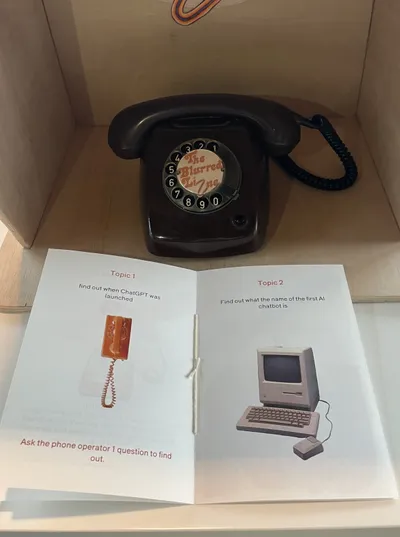
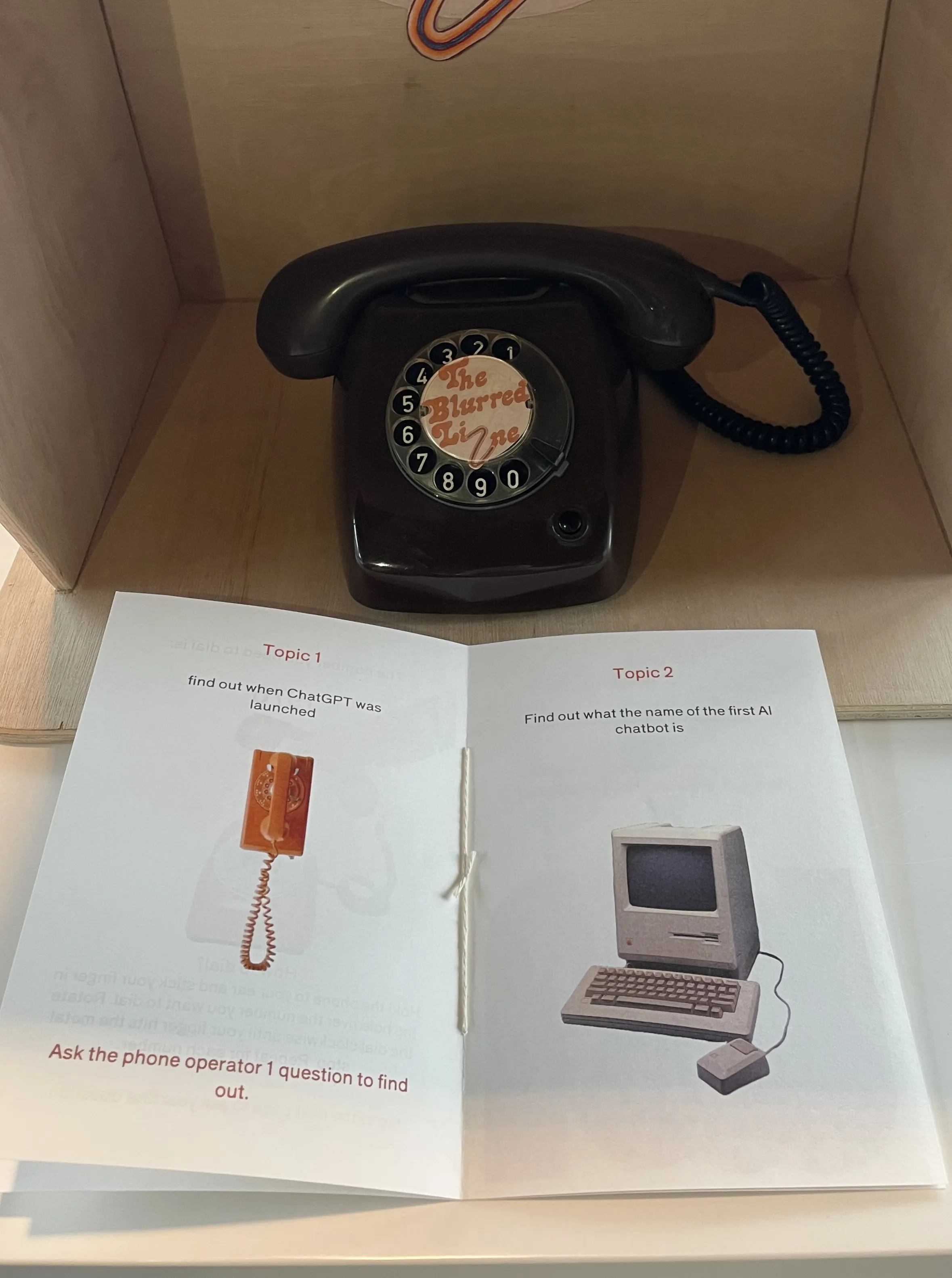
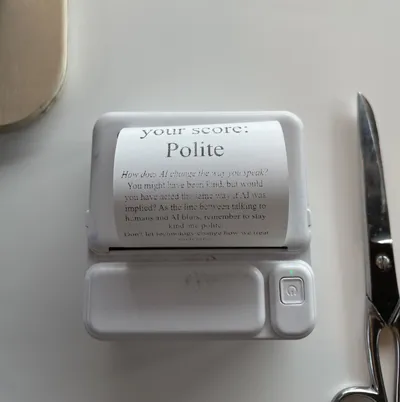
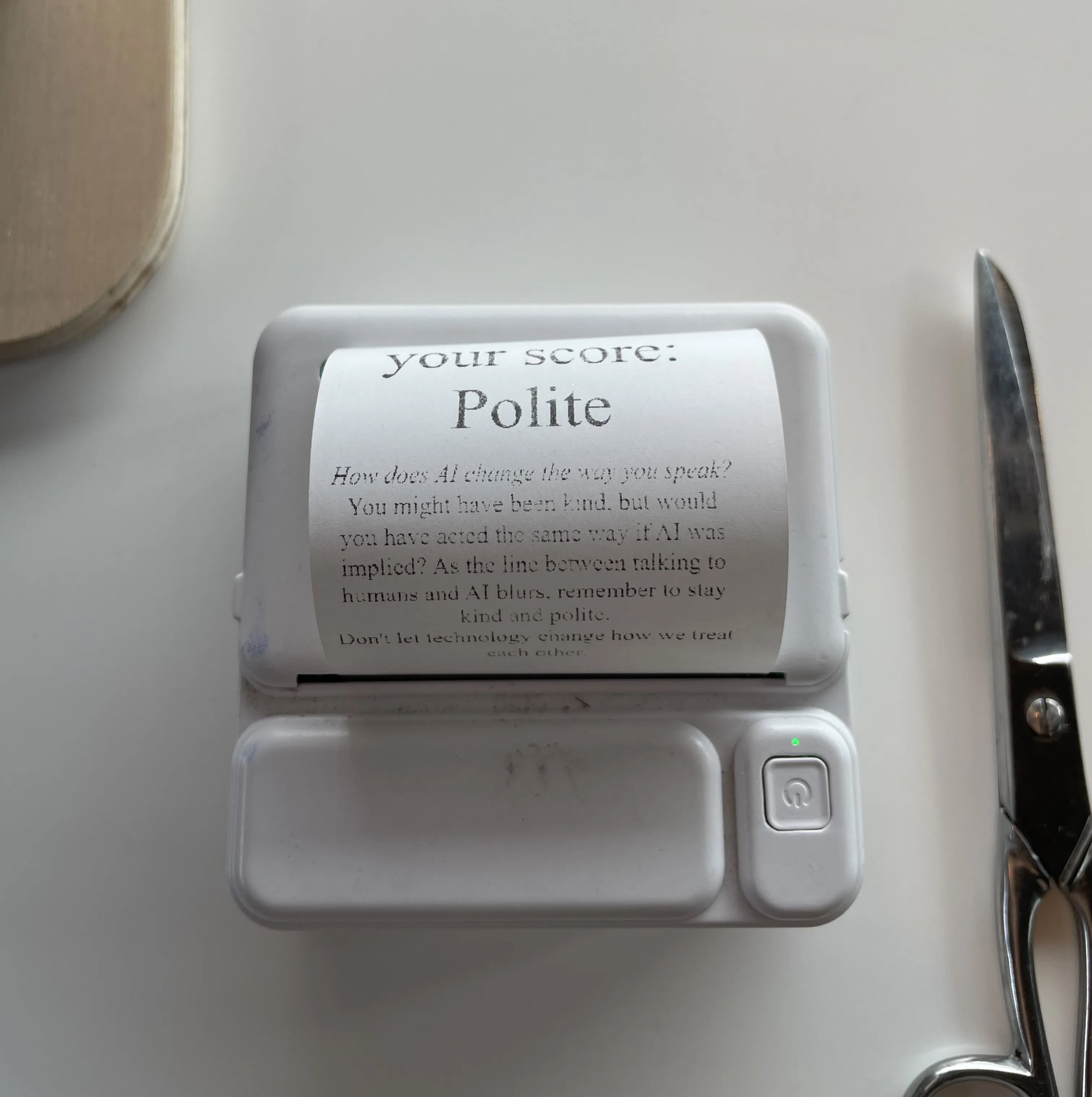
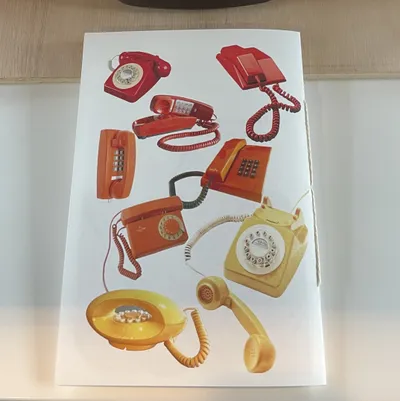
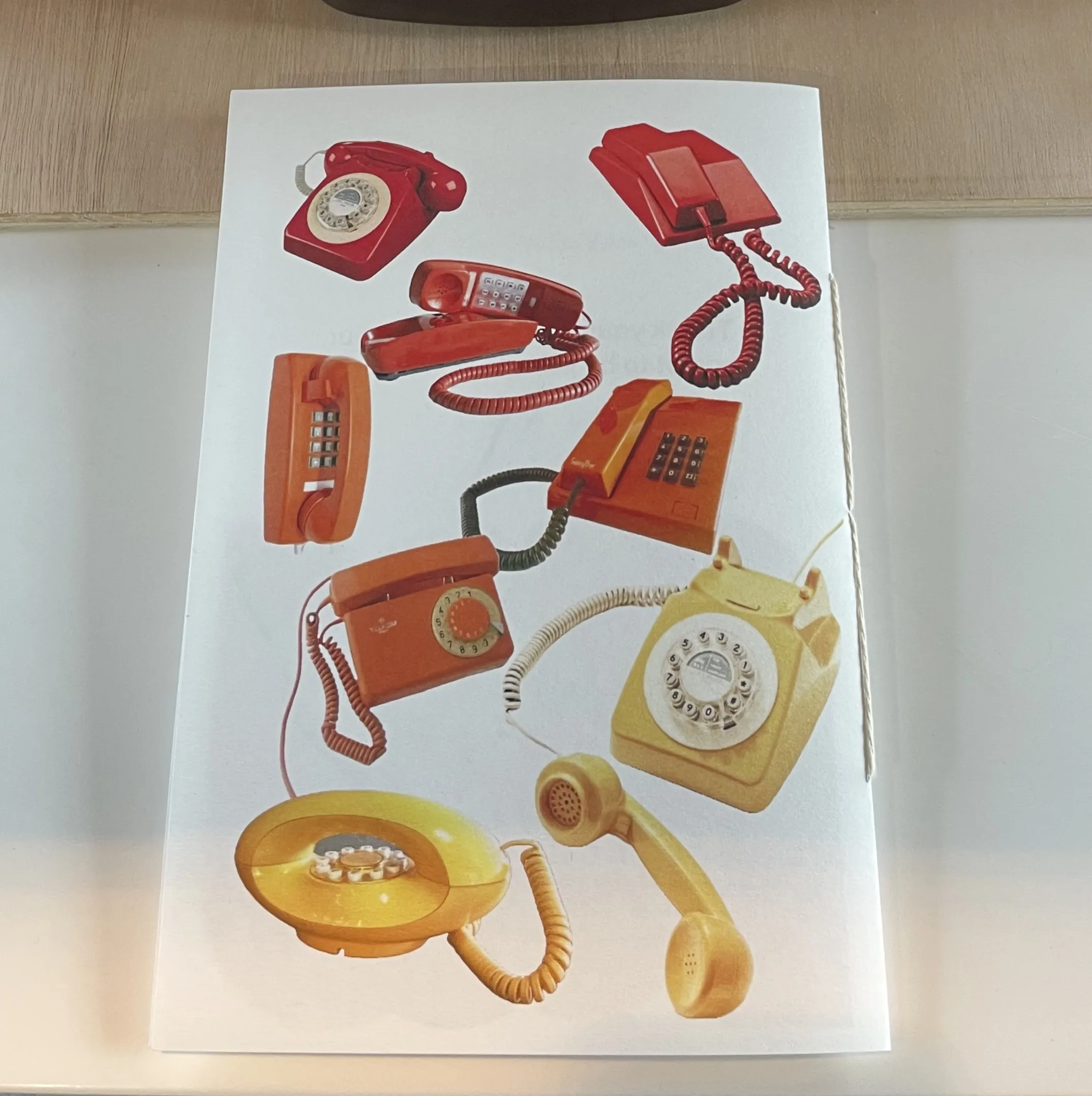
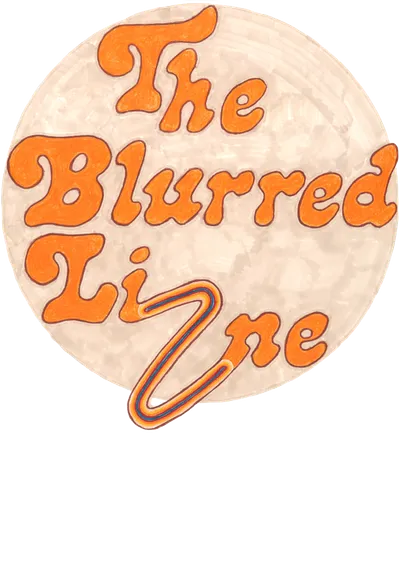
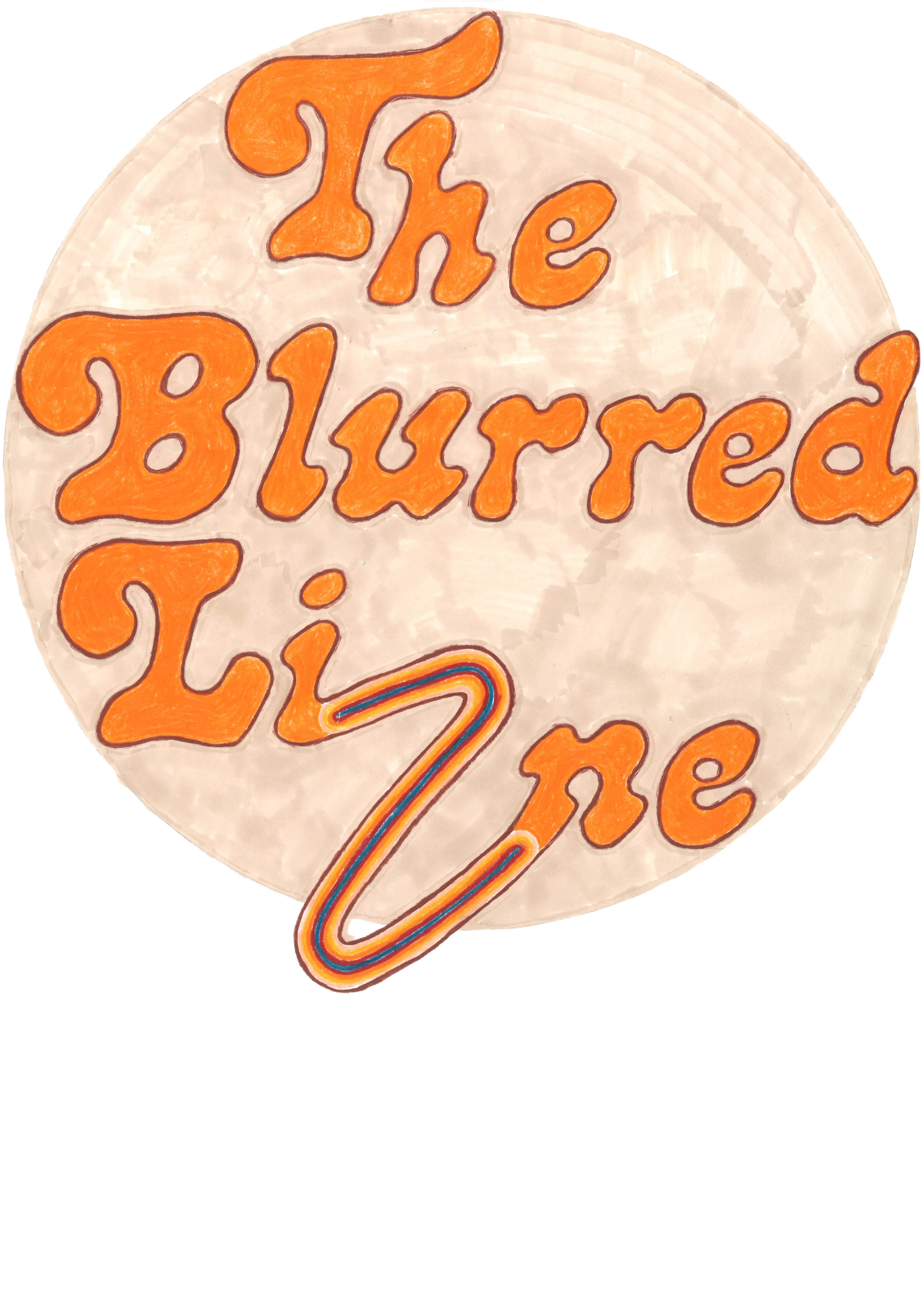
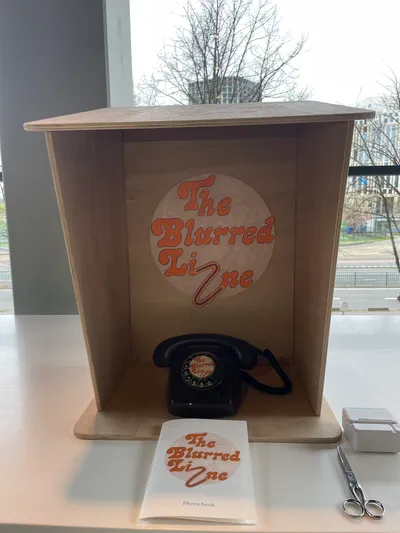
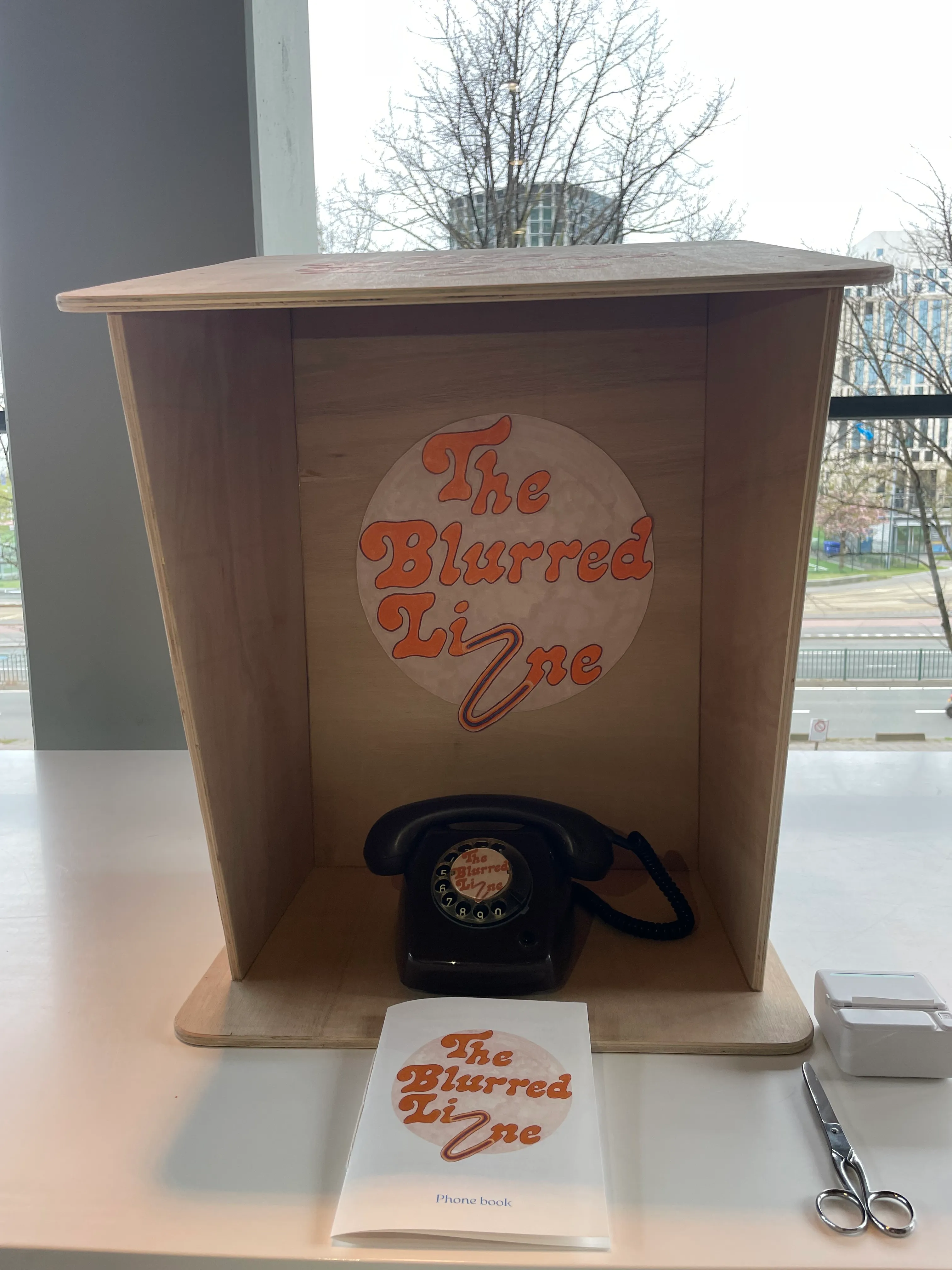

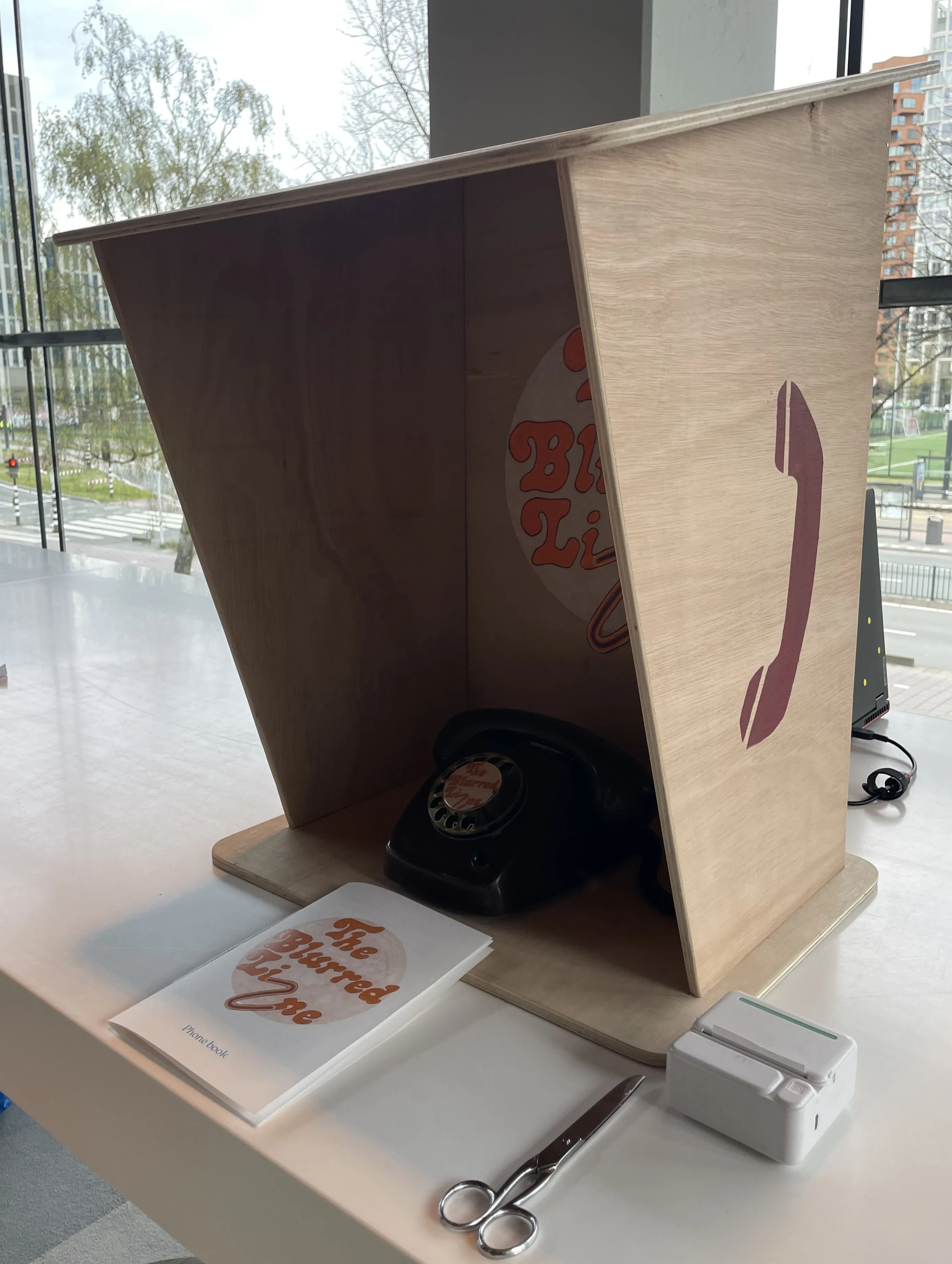
The Blurred Line
This projects explores the design of an interactive art installation that incorporates but at the same time questions artificial intelligence. The main concept invites participants to call a phone operator with a retro rotary phone. With the help of a booklet with instructions, participants dial a number and ask the phone operator three questions about the history of AI. After each of their questions, the operator tells the participant the right answer. Initially, participants will not know if they are speaking with another person or an automated assistant.




Through the phone’s microphone, I record each of the participants' questions and predict if their question was asked in a polite or impolite manner. When a question is classified as polite, the participant receives a polite answer and vice versa. The recordings get classified by a machine learning model that I built in Python. To train the model, I collected almost 200 recordings of polite and impolite questions. To avoid cultural bias, I collected training data from a diverse group of people.
After walking through the three topics, the operator wraps up the conversation and hangs up. Next to the wooden phone booth, a small printer will print a receipt that the participant is instructed to cut off and take home. The receipt reveals whether the majority of their questions were classified as polite or impolite. Below is a small explanation about how modern technology makes it harder to distinguish interactions between humans and AI systems. Therefore, it is important to stay polite and not let AI influence the way we speak to each other.
After walking through the three topics, the operator wraps up the conversation and hangs up. Next to the wooden phone booth, a small printer will print a receipt that the participant is instructed to cut off and take home. The receipt reveals whether the majority of their questions were classified as polite or impolite. Below is a small explanation about how modern technology makes it harder to distinguish interactions between humans and AI systems. Therefore, it is important to stay polite and not let AI influence the way we speak to each other.




The inspiration for this project stems from research that I conducted in preparation for an essay about the ethical implications of AI. In particular, the paper "Alexa, who am I" by Olya Kudina illustrates how AI-guided devices, such as voice assistants and chatbots, change society’s speech patterns and communication. When AI assistants encourage us to talk in a command-driven, impersonal manner, this can manifest in how we interact with other people. With this installation, my goal is to make participants aware of the effect that AI has on their own communication. Since they will not know if the phone operator they speak to is a human or not, I challenge them to reflect on their first assumptions and to start a conversation.
In order to use it as a speaker and microphone, the rotary phone is modified to incorporate these components. I connected an Arduino to the rotary dial of the phone to sense which numbers are dialed. I made the phone booth out of wood and painted it with acrylic paint. I designed the logo and bound the booklet myself.
In order to use it as a speaker and microphone, the rotary phone is modified to incorporate these components. I connected an Arduino to the rotary dial of the phone to sense which numbers are dialed. I made the phone booth out of wood and painted it with acrylic paint. I designed the logo and bound the booklet myself.





